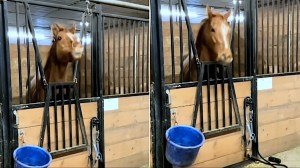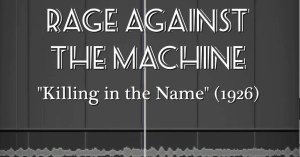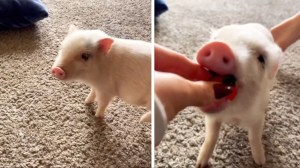In a loquacious Ted-Ed lesson written by Grace Smith-Vidaurre and Tim Wright and animated by Anton Bogaty, narrator Jack Cutmore-Scott explains how parrots are able to imitate human speech and sounds.
Whether they’re belting Beyoncé, head-banging to classic rock, or rattling off curse words at zoo-goers, parrots are constantly astounding us. They are among the only animals that produce human speech, and some parrots do it almost uncannily well. How is this possible?
As it turns out, parrots have specialized anatomy that includes a syrinx for vocalization that works similarly to a human larynx, powerful tongues and flexible beaks that shape sounds, and a big brain that allows them to process and reproduce information quickly.
Like other animals with learned vocalizations, parrot brains contain interconnected regions that them to hear, remember, modify, and produce complex sounds. But while songbirds have just one song system in their brains, almost all parrots seem to have an additional circuit. Scientists think that this might give them extra flexibility when it comes to learning the calls of their own species— and ours.






